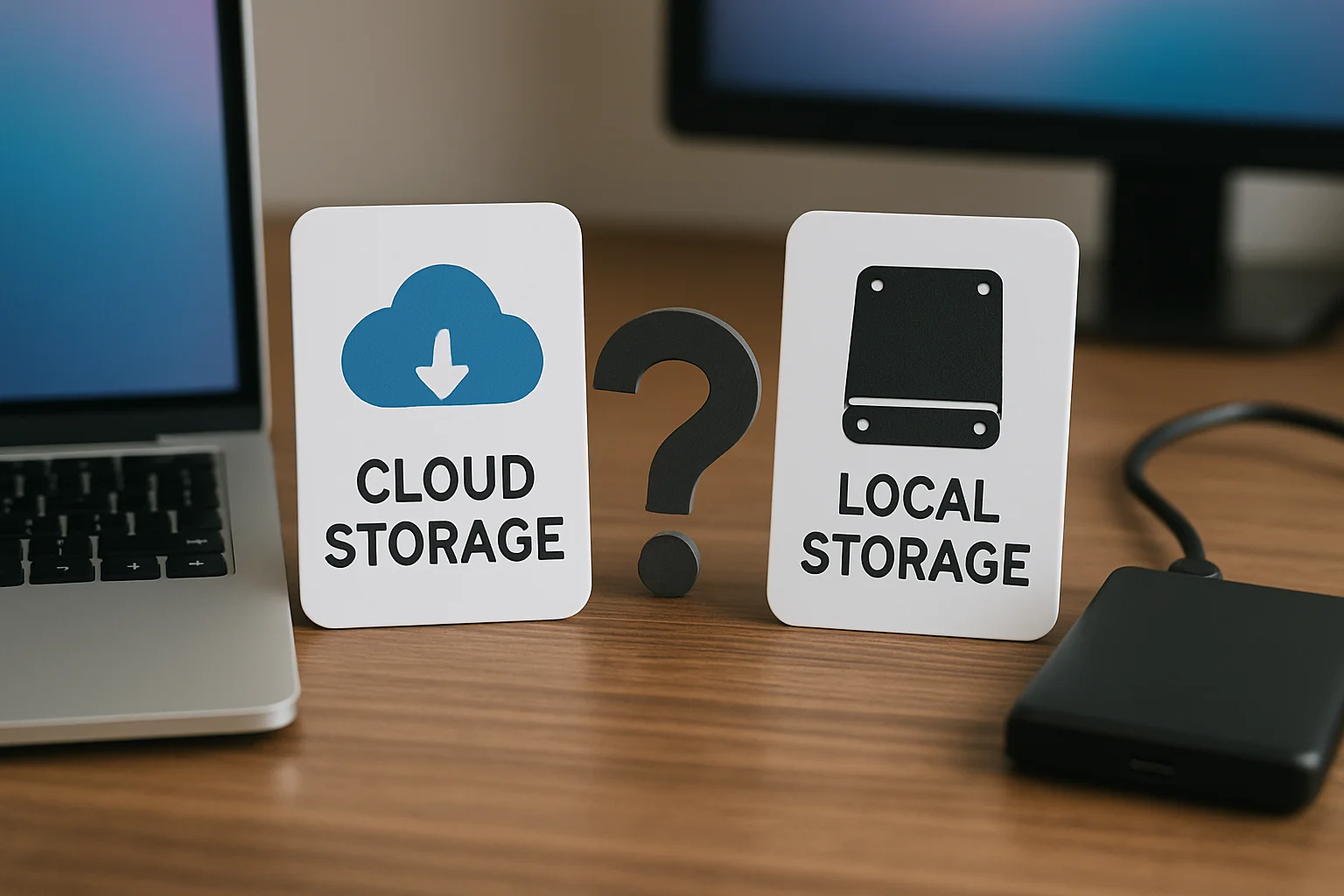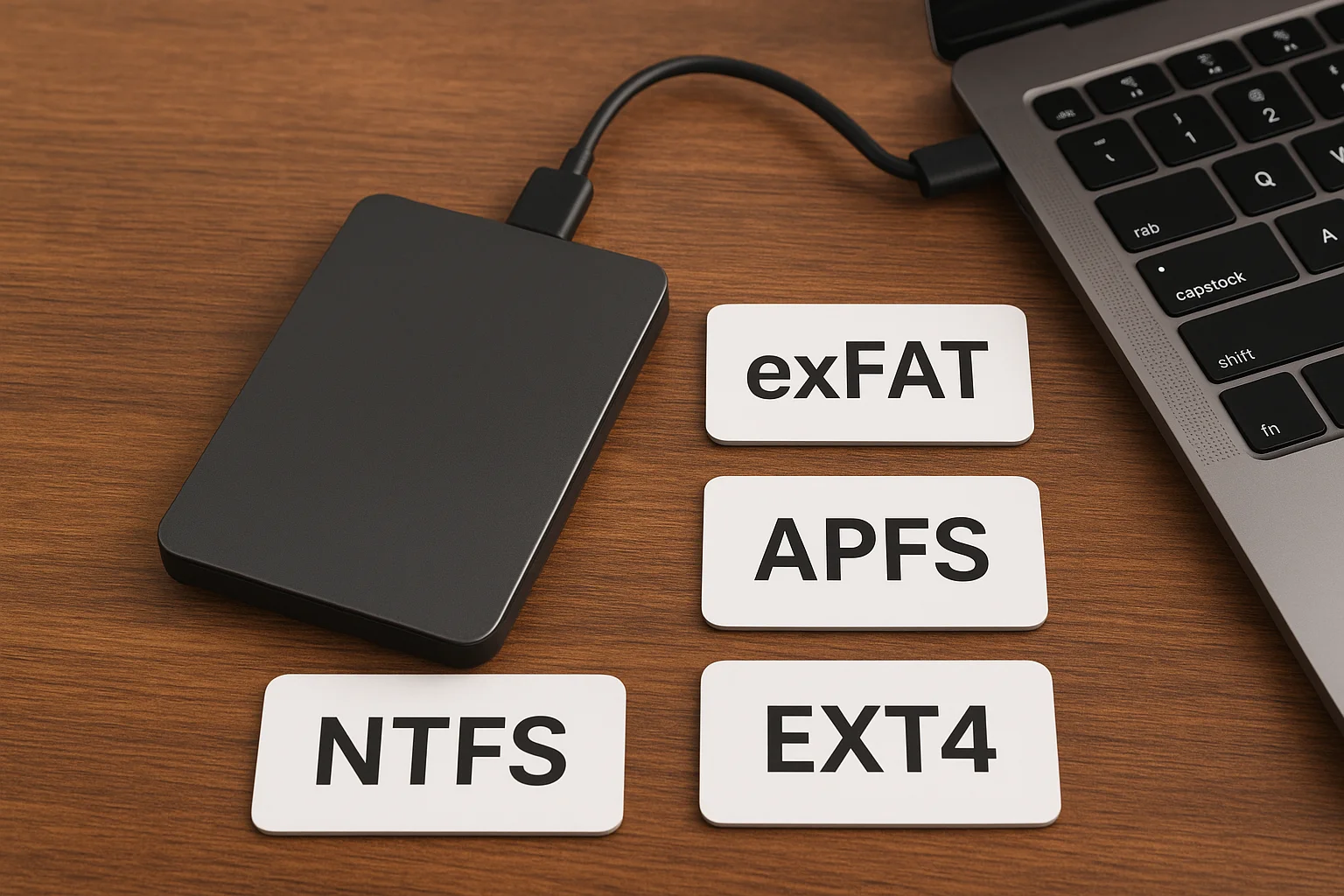Comparing Costs: Cloud vs Local Storage
When evaluating storage options in 2025, cost remains one of the most critical factors for both individuals and organizations. However, the financial implications of cloud and local storage solutions can be complex and multifaceted.
Cloud Storage Costs: Most cloud providers use a pay-as-you-go or subscription pricing model. This means you typically pay for:
- Storage capacity: The amount of data stored monthly or annually.
- Data transfer: Costs for uploading and especially downloading data, sometimes called egress fees.
- Additional services: Such as backups, encryption, advanced security, and integration with AI or analytics.
These costs can start low but increase quickly as storage needs grow or if data transfer volumes spike. Many providers offer tiered pricing, with cheaper rates for "cold" or infrequently accessed data, which can help reduce costs but may impact access speed.
One major advantage of cloud storage is the lack of upfront investment. Users do not need to buy physical hardware or worry about maintenance and upgrades. This is particularly beneficial for startups or businesses with fluctuating storage demands.
However, over long periods, especially with large and consistent data volumes, the ongoing subscription fees can surpass the cost of local storage alternatives.
Local Storage Costs: With local storage, the financial considerations are upfront and tangible. You typically invest in:
- Hardware purchase: Hard drives, solid-state drives (SSDs), or network-attached storage (NAS) devices.
- Infrastructure: Power supplies, cooling, physical space, and security measures to protect the equipment.
- Maintenance and upgrades: Hardware failures, firmware updates, and potential expansion as storage needs grow.
While local storage can seem expensive initially, it often translates into a fixed cost without recurring monthly fees. For organizations with predictable and steady storage requirements, this can be a cost-effective approach over several years.
It’s important to factor in the total cost of ownership (TCO), which includes not only the hardware price but also the operational costs such as electricity consumption, IT staff time, and potential downtime.
Additionally, local storage may require periodic hardware replacements every 3 to 5 years, which can add to the long-term costs but allows full control over budgeting and asset management.
Hidden Costs and Considerations:
- Cloud: Data migration fees, vendor lock-in risks that might make switching providers expensive, and unexpected costs from high retrieval or egress rates.
- Local: Risks of data loss due to physical damage or theft, requiring investment in reliable backup solutions or disaster recovery plans.
In summary, cost comparison between cloud and local storage depends heavily on your usage patterns, data volume, and long-term planning. Careful calculation of upfront versus recurring costs and understanding your specific needs are essential to making the most financially sound choice.
Security Considerations: Cloud vs Local
Security remains a top priority when choosing between cloud and local storage in 2025. While both options offer robust protection mechanisms, their security models and risk factors differ significantly, impacting how data is safeguarded.
Cloud Storage Security: Cloud providers invest heavily in security technologies and protocols. This includes:
- Advanced encryption: Data is typically encrypted both at rest and in transit using industry-standard algorithms such as AES-256 and TLS.
- Multi-factor authentication (MFA): Enhances user identity verification to prevent unauthorized access.
- Continuous monitoring: Cloud platforms often employ AI-driven threat detection systems to identify and mitigate suspicious activities in real-time.
- Compliance certifications: Leading providers comply with regulations such as GDPR, HIPAA, and SOC 2, ensuring standardized security controls.
Despite these measures, cloud storage presents certain unique risks:
- Data breaches: Large-scale attacks on cloud providers, although rare, can expose sensitive information from multiple customers simultaneously.
- Shared responsibility model: Security is a joint effort between the provider and the user. Misconfigurations, weak passwords, or inadequate access controls on the user’s side can lead to vulnerabilities.
- Vendor trust and control: Storing data on third-party servers means entrusting them with critical information. This can raise concerns about unauthorized data access or government subpoenas.
Local Storage Security: Storing data locally gives organizations full control over physical and logical security measures. Key security aspects include:
- Physical security: Data is protected by onsite measures such as locked rooms, surveillance, and restricted access to hardware.
- Custom encryption: Users can implement tailored encryption solutions, both for data at rest and during backups.
- Network isolation: Local storage devices can be isolated from the internet, drastically reducing exposure to remote cyber threats.
However, local storage also faces specific challenges:
- Insider threats: Employees or contractors with physical access might intentionally or accidentally compromise data security.
- Hardware theft or damage: Physical devices are vulnerable to theft, natural disasters, or hardware failure, emphasizing the need for secure backups and disaster recovery plans.
- Maintenance burden: Security patches, firmware updates, and vulnerability management require dedicated IT resources, which may increase operational risk if neglected.
Regulatory and Compliance Considerations: Certain industries require strict data residency and audit controls that can influence the choice between cloud and local storage. For example, local storage might be preferred where regulations mandate full physical control over sensitive data.
Ultimately, the choice between cloud and local storage security depends on your organization's risk tolerance, regulatory environment, and capacity to manage security proactively. Leveraging a layered security approach and understanding the inherent strengths and limitations of each storage type are crucial for effective protection.
Performance and Accessibility: Which One Wins?
When it comes to performance and accessibility, the choice between cloud storage and local storage depends largely on the specific use case, network conditions, and hardware capabilities in 2025.
Performance: Local storage generally offers superior raw speed and lower latency compared to cloud storage. This is because data is stored on physical devices directly connected to your system, eliminating network delays.
- Read/write speeds: Modern SSDs and high-performance NAS devices provide extremely fast data transfer rates, ideal for applications requiring quick access such as video editing, gaming, or large database operations.
- Latency: Local storage minimizes latency since data doesn’t need to travel over the internet. This is crucial for real-time processing or low-latency workloads.
- Bandwidth limitations: Local storage performance is limited mostly by the device’s hardware and internal network (if applicable), not by external internet connection speed.
On the other hand, cloud storage performance has significantly improved with advancements in global data center infrastructure, edge computing, and faster internet connectivity (e.g., widespread 5G and fiber optics). Key performance aspects include:
- Scalability: Cloud storage can dynamically allocate resources to handle sudden spikes in demand without degradation in performance.
- Content Delivery Networks (CDNs): Many cloud providers use CDNs to cache data closer to users, reducing latency and improving load times, especially for geographically distributed teams.
- High availability: Cloud services often guarantee uptime and redundancy, ensuring data is accessible even if one data center experiences issues.
However, cloud storage performance can be limited by several factors:
- Internet dependency: Access speed depends heavily on the quality and stability of your internet connection. In areas with poor connectivity or during network outages, performance suffers significantly.
- Data transfer limits: Large files may experience slower upload/download times, especially if bandwidth is limited or throttled by providers.
Accessibility: Cloud storage’s strongest advantage lies in its ability to provide ubiquitous access. Users can retrieve data from anywhere with an internet connection, across multiple devices and platforms, facilitating seamless collaboration and remote work.
In contrast, local storage is more restrictive:
- Access is often limited to physical proximity or requires complex VPN and remote desktop setups to reach data stored on-site.
- Sharing data securely with external collaborators can require additional infrastructure or manual transfer methods.
- Offline availability is guaranteed with local storage, whereas cloud access is dependent on internet connectivity.
In summary, local storage excels in speed and low latency, making it ideal for high-performance tasks, while cloud storage offers unparalleled accessibility and scalability suitable for distributed teams and fluctuating workloads.
| Criteria | Cloud Storage | Local Storage |
|---|---|---|
| Cost Structure | Pay-as-you-go or subscription; no upfront hardware cost; costs grow with usage | High upfront investment in hardware; fixed costs; possible long-term savings |
| Scalability | Highly scalable; adjusts instantly to demand fluctuations | Limited by physical hardware; requires manual upgrades |
| Performance | Depends on internet speed; improved with CDNs and edge computing | Low latency and high speed; ideal for real-time, intensive tasks |
| Accessibility | Accessible anywhere with internet; ideal for remote collaboration | Physical access needed; remote access requires VPN or complex setup |
| Security | Advanced encryption and monitoring; shared responsibility model | Full physical and logical control; risks of theft and insider threats |
| Maintenance | Managed by provider; minimal user upkeep | User responsible for hardware updates and security patches |
| Disaster Recovery | Built-in redundancy and backups across multiple locations | User must implement own backup and recovery plans |
| Compliance | Many providers certified for regulations like GDPR, HIPAA | Complete control over data location; easier to meet strict data residency rules |






